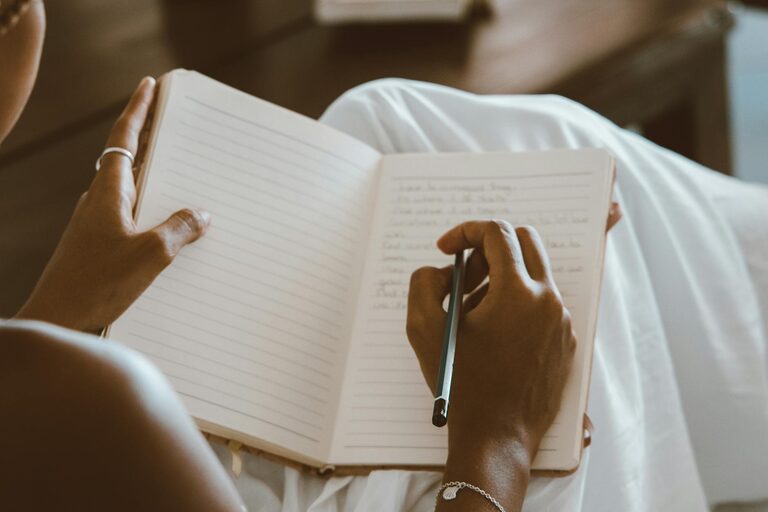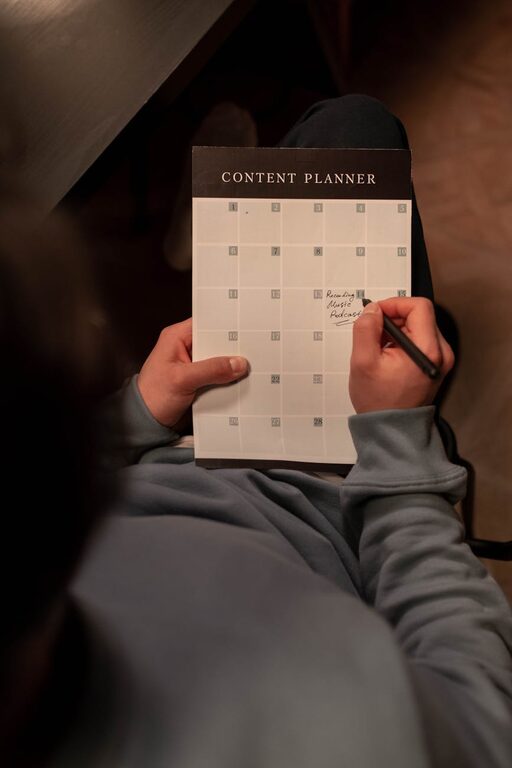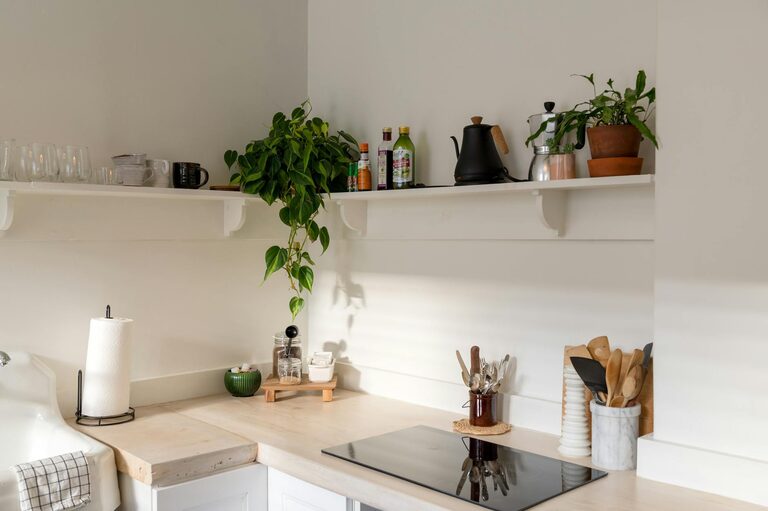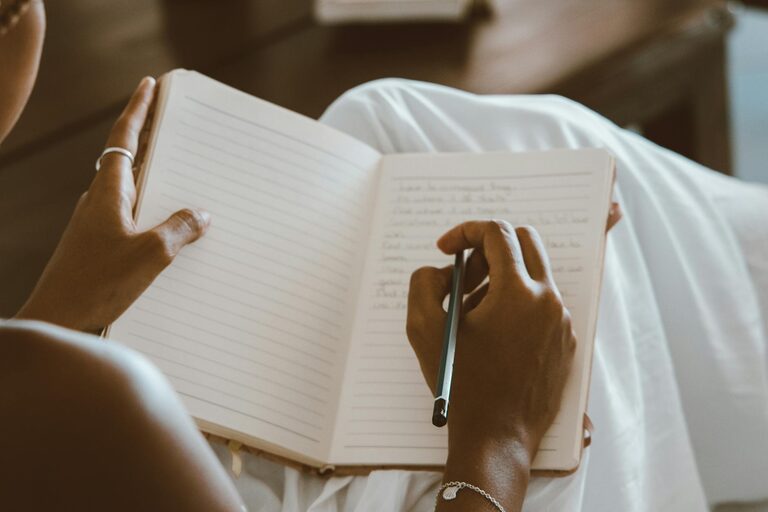
Journaling is a powerful and personal tool that many people use to reflect, plan, and express themselves. Whether you want to boost your creativity, manage stress, or simply keep track of your daily life, journaling can be a great habit to develop. If you’re new to journaling or have struggled to keep it up regularly, this beginner guide will help you start and sustain the practice in a way that fits your lifestyle.
Why Journal Every Day?
Journaling daily has several benefits:
– Improves mental clarity by helping you organize your thoughts
– Encourages self-reflection, which can promote personal growth
– Acts as a stress relief tool by allowing you to vent or process emotions
– Enhances creativity and problem-solving skills
– Creates a personal record you can look back on for insights or memories
Because each day brings new experiences, daily journaling helps you capture moments before they fade.
Choosing Your Journaling Style
There is no “right” way to journal. Finding a style that feels natural will increase your chances of sticking to the habit.
Common journaling styles to consider:
– Stream of consciousness: Write freely without editing or structure, capturing whatever comes to mind.
– Prompt-based journaling: Use questions or topics to guide your entries, such as “What am I grateful for today?” or “What challenged me?”
– Bullet journaling: A structured format combining lists, calendars, and notes to track tasks and events alongside reflections.
– Creative journaling: Incorporate drawings, poetry, or collages along with written entries.
– gratitude journaling: Focus on listing things you appreciate daily to cultivate positivity.
Try experimenting with different styles until you find one that inspires you.
Setting Up Your Journaling Routine
Consistency is key, but it doesn’t mean you need to spend hours writing each day. Even a few minutes can be enough.
Tips to build your habit:
- **Pick a specific time:** Mornings, evenings, or lunch breaks are popular because they offer natural pauses in the day.
- **Create a comfortable space:** Find a quiet spot where you feel relaxed and won’t be interrupted.
- **Keep your supplies ready:** Whether you prefer a physical notebook and pen or a digital app, have your tools accessible.
- **Set a small goal:** Aim for just 5 minutes or 3 sentences to start, so it feels manageable.
- **Use reminders:** Set alarms or place your journal somewhere visible to prompt you.
- **Allow flexibility:** If you miss a day, don’t stress—just pick it up again when you can.
What to Write About: Journaling Prompts for Beginners
Sometimes staring at a blank page can be intimidating. Using prompts can help spark ideas.
Here are some simple prompts to try:
– What are three things I’m grateful for today?
– What is one positive thing that happened that made me smile?
– What is a challenge I faced today, and how did I handle it?
– What goals do I want to focus on this week?
– How am I feeling right now? Why?
– What did I learn today?
– What is something I want to improve about myself?
You can jot down your answers in bullet points or write them out in full sentences.
Tips to Keep Your Journaling Practice Enjoyable
– Don’t aim for perfection: Your journal is for you. It doesn’t need to be neat or grammatically perfect.
– Mix it up: Add sketches, quotes, or photos if you enjoy creativity.
– Reflect periodically: Revisit old entries to see growth or patterns.
– Celebrate progress: Acknowledge when you maintain your routine for a week or month.
– Join a community: Online journaling groups can offer support and inspiration.
Digital vs. Paper Journaling
Choosing between digital or paper journaling depends on your preferences.
Paper journaling advantages:
– Reduces screen time
– Enhances mindfulness through slower writing
– Allows for creative additions like doodles or stickers
Digital journaling advantages:
– Easy to edit and organize entries
– Convenient for journaling on the go
– Can include multimedia like photos and voice notes
Try both if you’re unsure.
Wrapping Up
Starting a daily journaling habit can seem daunting, but by setting simple goals, choosing a style you enjoy, and creating a routine, you’ll find it becomes a rewarding part of your day. Remember to be kind to yourself, stay flexible, and celebrate small successes along the way. Happy journaling!
—
If you’re ready to start, grab a notebook or open your favorite app, set a timer for 5 minutes, and dive in. Your future self will thank you!




